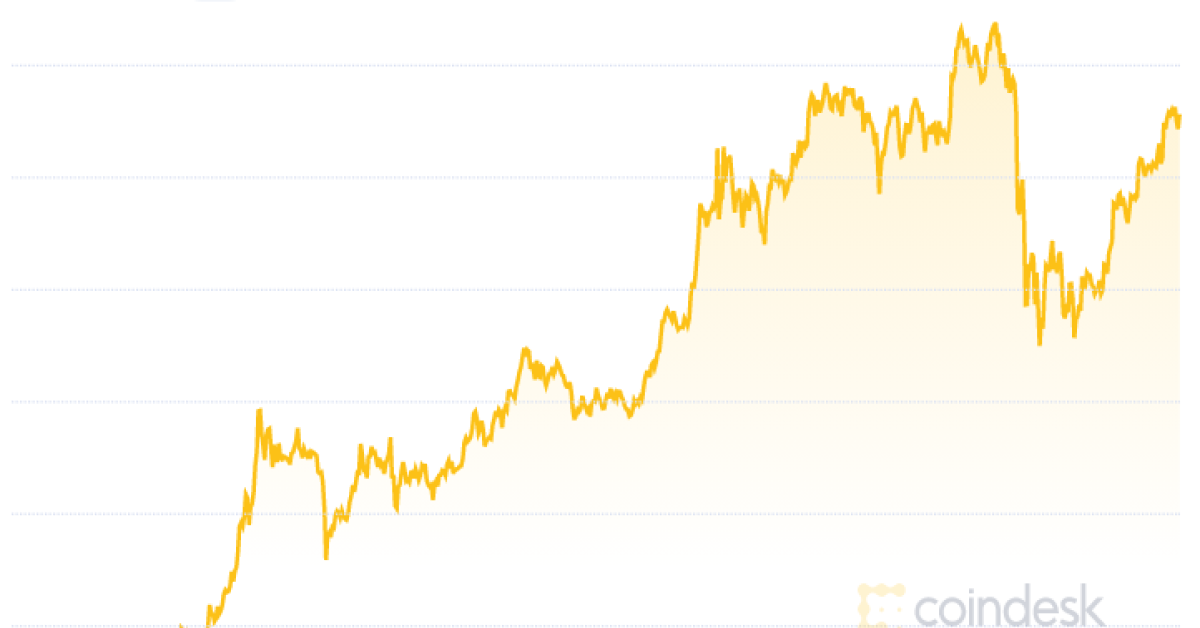Beating the Bots: In Defense of Human Traders
On March 18, some $9.5 billion was traded on decentralized exchanges, or DEXs, across all chains tracked by DeFi data site DefiLlama. March was a month of heavy trading, to be sure, but volume on the 18th was about the same as the day before.
But take a look at the data from a different angle and March 18 stands out: It was the highest volume trading day for crypto bots in the last six months, according to data tracked by the user @whale_hunter and published on the Dune Analytics platform.
According to the Dune dashboard, over $700 million was traded on March 18 by bots with names like BonkBot, Maestro and Banana Gun. They operate across a plethora of chains, from Ethereum to Solana. And that day, they collectively racked up $5.5 million in fees for themselves.
Scan the Dune dashboard further and you’ll see that trading bots have raked in over $220 million in fees collectively since they were tracked. They’re responsible for over $33 billion in lifetime volume on DEXs. They’re crypto’s “new cash cows,” as one research report from Delphi Digital put it.
What are the odds that you, a retail crypto trader, can beat the bots at their game? Bots are great at acting on past information (and quickly), but the real gigabrain traders are foretelling what’s next – often in ways that algorithms can’t. In short, acting slowly can give you the upper hand.
That’s where a new type of platform, predicated on human expertise and provable reputation, really shines.
But first we must understand the limits of our crypto-trading bot friends. How can it be that humans could ever hope to defeat an army of tireless robots at the toughest game of all: beating the market? The answer lies in the way bots and humans reason.
Can bots really beat the market?
As Ali Yahya, a former AI researcher and current crypto investor at Andreessen Horowitz
lays out
, AI today relies on a type of laborious inductive reasoning to arrive at its conclusions. This means it consumes a vast amount of data to draw connections between them. When prompted, it can fit the “quilt” of connections it has created to respond and generate an answer.
By contrast, humans can carry out a creative inquiry: craft hypotheses and conduct experiments to prove them wrong, then take the results and write a general theory. This theory is deductive: It can be applied to a variety of scenarios and be logically correct.
This difference in modes of reasoning exposes AI most brutally when it comes to long-tail subjects. In these cases, the data required by AI models to stitch their “quilts” of connections are scarce. This means the quilts become threadbare and the models spit out poor responses when prompted. AI models today “mirror (rather than explain, as humans do) the chaos and complexity of the phenomena they observe,” Yahya writes.
So AI bots can’t create a theory that predicts future situations; they can’t explain a particular scenario. They can only mirror, from millions of past examples, what has already come before. They can act extremely fast; you can’t beat them on speed. But, often, the slower, analytical approach is what wins.
Nevertheless, trading bots are growing in popularity. A radically human-centered approach could counter them. We want human traders to post their predictions in an on-chain, verifiable, way so that others can cross-check them and, if they wish, follow those traders’ future predictions. Verifiability is key: We all know tales of dubious influencers leading their followers astray for personal gain.
That’s where
SanR
comes in: Traders can use the platform to indicate whether they believe a particular token is moving up at a certain price, or down. These predictions are recorded as NFTs on-chain, meaning they can’t be falsified at a later date should the prediction prove inaccurate. As traders make their calls, the number of accurate and inaccurate predictions pile up, revealing the proportion of each. Other users can then review this data in assessing each traders’ predictive powers, while remaining confident the data hasn’t been messed with.
If you are a trader with great predictive powers, why would you share this with others? To be sure, many will choose not to. Others, perhaps starting out on their journey, or for the love of market research, will. SanR is a permissionless platform that allows anyone to publish their signals in a transparent way.
In that way, we’ve created a network of humans sharing market signals with one another, allowing them to publish these signals permissionlessly, while aligning incentives. Best of all, all these forecasts are on-chain and can be checked at any time, and cannot be altered after the fact.
On-chain reputation plus accountability: That’s how human-powered tools give traders their best shot at beating the bots — and the market.
Note: The views expressed in this column are those of the author and do not necessarily reflect those of CoinDesk, Inc. or its owners and affiliates.
Edited by Benjamin Schiller.
Disclosure
Please note that our
privacy policy,
terms of use,
cookies,
and
do not sell my personal information
has been updated
.
CoinDesk is an
award-winning
media outlet that covers the cryptocurrency industry. Its journalists abide by a
strict set of editorial policies.
In November 2023
, CoinDesk was acquired
by the Bullish group, owner of
Bullish,
a regulated, digital assets exchange. The Bullish group is majority-owned by
Block.one; both companies have
interests
in a variety of blockchain and digital asset businesses and significant holdings of digital assets, including bitcoin.
CoinDesk operates as an independent subsidiary with an editorial committee to protect journalistic independence. CoinDesk employees, including journalists, may receive options in the Bullish group as part of their compensation.
:format(jpg)/s3.amazonaws.com/arc-authors/coindesk/33355223-5436-4a60-9008-34b94e06c6a7.jpeg)
Maksim Balashevich, the founder of Santiment, spent over a decade in market analysis, specializing in sentiment analysis and crowd psychology. He is also a yoga expert who fosters a human-focused, balanced approach to building communities and decentralized platforms.









